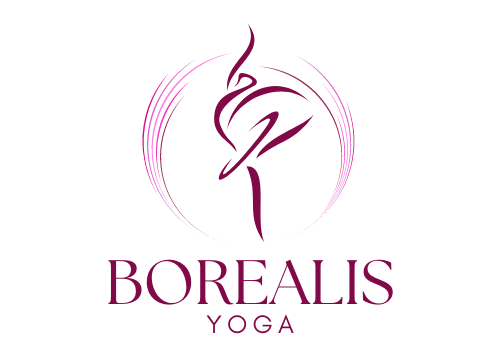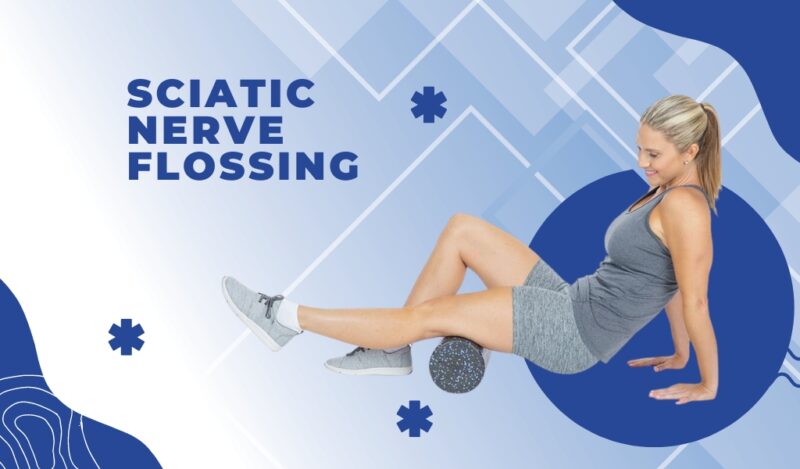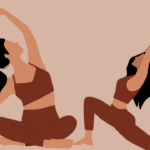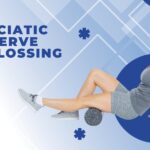Are you tired of the nagging pain in your lower back and leg? Are you longing for a life without the constant discomfort caused by sciatica? You’re not alone! Millions of people worldwide suffer from this debilitating condition, and they’re all searching for relief. But what if we told you that there’s a way to alleviate that pain and reclaim your life? Enter nerve flossing exercises for sciatica!
In this comprehensive blog post, we will dive deep into the world of nerve flossing and how it can help you combat sciatica. We’ve meticulously researched and compiled the 6 best nerve flossing exercises that you can try at home. These exercises are designed to be accessible to a diverse readership, regardless of your background or experience. So, buckle up, and let’s get started on your journey to a life free from sciatica pain!
What Is Nerve Flossing?
Before we jump into the exercises, let’s first understand what nerve flossing is all about. Nerve flossing, also known as neural gliding or nerve mobilization, is a gentle and non-invasive technique that helps improve the mobility of your nerves. It involves a series of controlled movements that allow your nerves to glide smoothly through surrounding tissues.
Nerves can sometimes become entrapped or compressed due to inflammation, tight muscles, or scar tissue. This can lead to pain, numbness, and other uncomfortable sensations, such as those experienced in sciatica. Nerve flossing aims to release these trapped nerves, thereby alleviating pain and discomfort.
Why Nerve Flossing for Sciatica?
Sciatica is a condition characterized by pain that radiates along the path of the sciatic nerve, which extends from your lower back through your hips, buttocks, and down each leg. The most common cause of sciatica is a herniated disc, which compresses the nerve root in your lower spine.
Nerve flossing can be particularly beneficial for those suffering from sciatica, as it helps to:
- Improve nerve mobility and reduce tension in the sciatic nerve
- Reduce inflammation around the nerve, which can alleviate pain
- Promote blood flow and oxygenation to the affected area, speeding up the healing process
Without further ado, let’s dive into the 6 best nerve flossing exercises for sciatica!
Exercise 1: Seated Sciatic Nerve Glide
The seated sciatic nerve glide is a beginner-friendly exercise that can be performed almost anywhere. It targets the sciatic nerve in your lower back, hips, and legs, helping to improve mobility and reduce pain.
Instructions
- Sit on a stable chair with your feet flat on the floor and your back straight.
- Extend your affected leg straight out in front of you, keeping your heel on the ground.
- Slowly flex and extend your foot, pulling your toes toward you and then pointing them away.
- Repeat this movement 10-15 times, ensuring you maintain a gentle and controlled motion.
Exercise 2: Hamstring Floss
Tight hamstrings can contribute to sciatica pain, as they can compress the sciatic nerve. The hamstring floss targets the hamstring muscles and sciatic nerve, helping to release tension and improve flexibility.
Instructions
- Lie on your back with both legs straight.
- Bend your affected knee and hold the back of your thigh with both hands.
- Slowly straighten your leg while keeping your hands in place, then bend it again.
- Repeat this motion 10-15 times, maintaining a slow and controlled pace.
Exercise 3: Piriformis Stretch with Nerve Glide
The piriformis muscle, located deep within your buttocks, can sometimes compress the sciatic nerve, causing pain. This exercise aims to stretch the piriformis muscle while incorporating nerve flossing techniques for maximum relief.
Instructions
- Lie on your back with your knees bent and feet flat on the floor.
- Cross your affected leg over the opposite knee, forming a figure-4 shape.
- Grasp the back of your unaffected thigh with both hands and gently pull it towards your chest.
- While holding this position, slowly point and flex your affected foot to engage the nerve glide.
- Hold the stretch for 30 seconds, performing the nerve glide 10-15 times.
Exercise 4: Side-Lying Clamshell Nerve Glide
The side-lying clamshell nerve glide is an excellent exercise to improve nerve mobility while also targeting the hip abductor muscles, which play a crucial role in stabilizing the pelvis and relieving sciatica pain.
Instructions
- Lie on your unaffected side with your legs bent at a 90-degree angle, and your head supported by a pillow or your arm.
- Keep your feet together and slowly lift your affected knee toward the ceiling, opening your legs like a clamshell.
- As you lift your knee, gently point and flex your affected foot to incorporate the nerve glide.
- Lower your knee back down and repeat the exercise 10-15 times.
Exercise 5: Supine Sciatic Nerve Floss
The supine sciatic nerve floss is a more advanced exercise that targets the entire length of the sciatic nerve, from your lower back to your foot. This exercise is particularly useful for those experiencing more severe sciatica symptoms.
Instructions
- Lie on your back with your legs extended and a strap or towel wrapped around the ball of your affected foot.
- Hold the strap with both hands and slowly lift your affected leg, keeping your knee straight.
- Gently pull the strap to flex your foot, then release it to point your toes.
- Lower your leg back down and repeat the exercise 10-15 times.
Exercise 6: Lumbar Spine Nerve Floss
The lumbar spine nerve floss targets the lower back region, where the sciatic nerve originates. By improving nerve mobility in this area, you can help alleviate sciatica pain and reduce tension in the surrounding muscles.
Instructions
- Sit on a stable chair with your feet flat on the floor and your back straight.
- Place your hands behind your head, interlocking your fingers.
- Gently tilt your head back while arching your lower back, creating a slight curve in your spine.
- As you return to the starting position, tuck your chin into your chest and round your lower back, creating a gentle curve in the opposite direction.
- Repeat this movement 10-15 times, maintaining a slow, controlled pace throughout the exercise.
Final Words
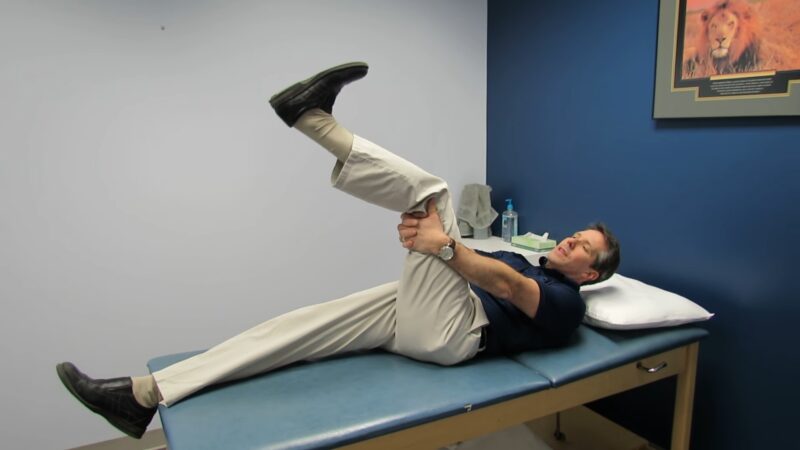
By incorporating these 6 nerve flossing exercises for sciatica into your daily routine, you can help reduce pain, improve nerve mobility, and ultimately reclaim your life from the grips of sciatica. As with any exercise regimen, it’s essential to consult with a healthcare professional before starting and remember to listen to your body and not push yourself beyond your limits. With patience, consistency, and dedication, you can unleash your body’s true potential and live a life free from sciatica pain!
